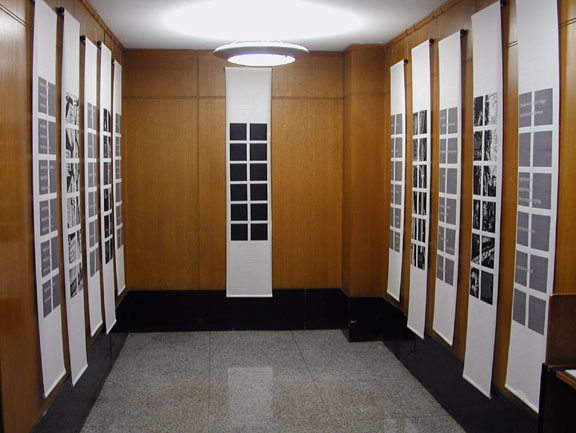...........
..home
..prints
..drawings
..sculpture
..installations
..paintings
..collaborations
..public art
..archives
..exhibition /cv
..contact
all images © Florence Neal
SCREEN MEMORIES
PRINTS
INSTALLATION
COLLABORATION
PUBLIC ART
Florence
Neal
Wendy Walker
Collaboration between artist and writer
Print & Text Installation
Based on the book "Blue Fire" by Wendy Walker
Brooklyn Public Library
Central Library, Lobby Gallery
Grand Army Plaza, Brooklyn, NY
December 28, 2001 - February 28, 2002
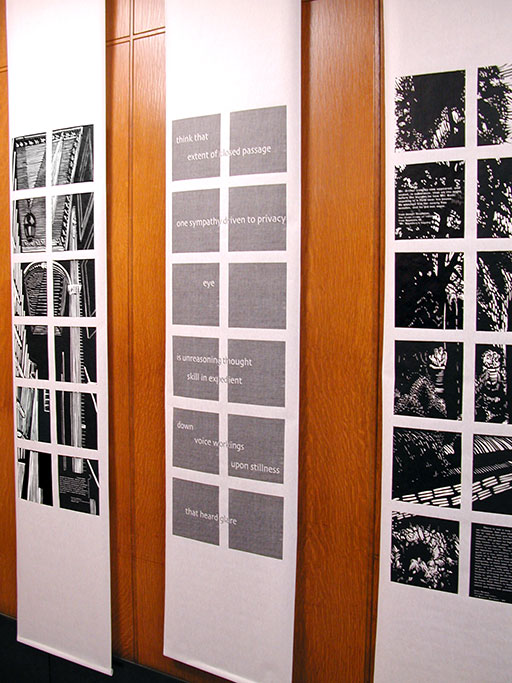 |
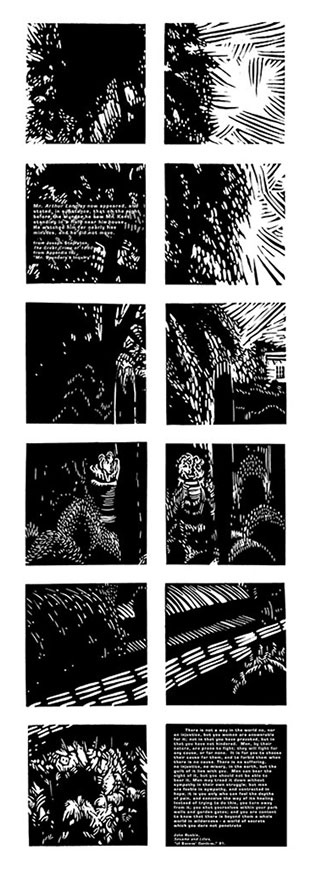 |
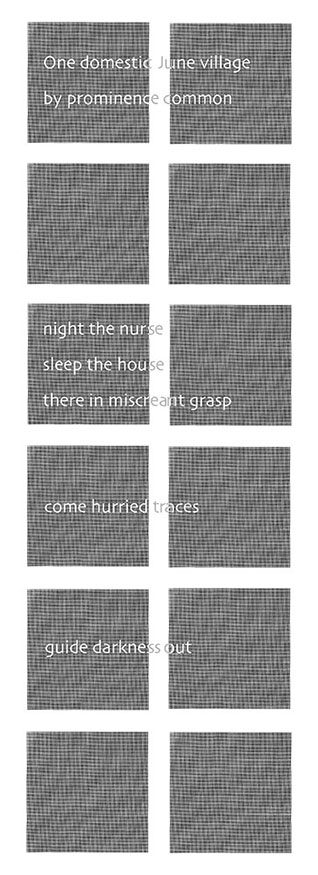 |
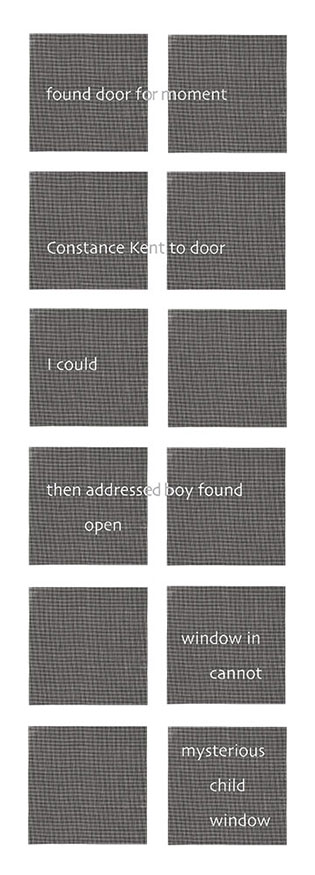 |
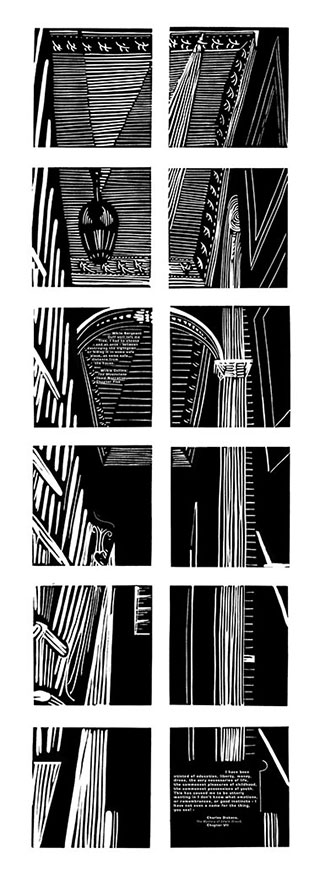 |
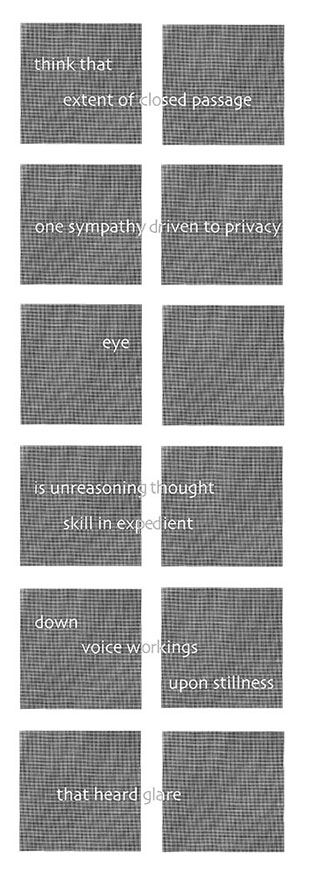 |
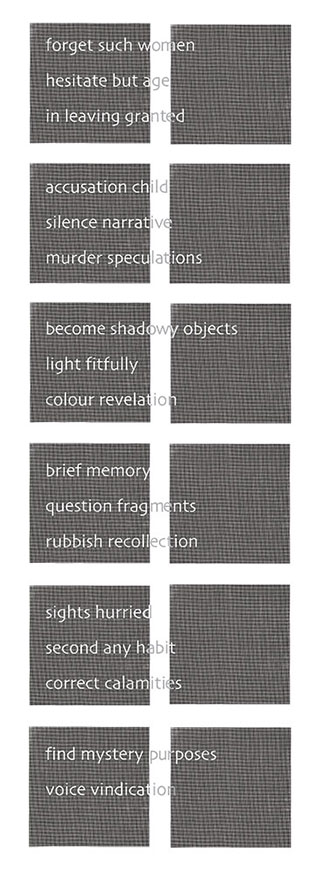 |
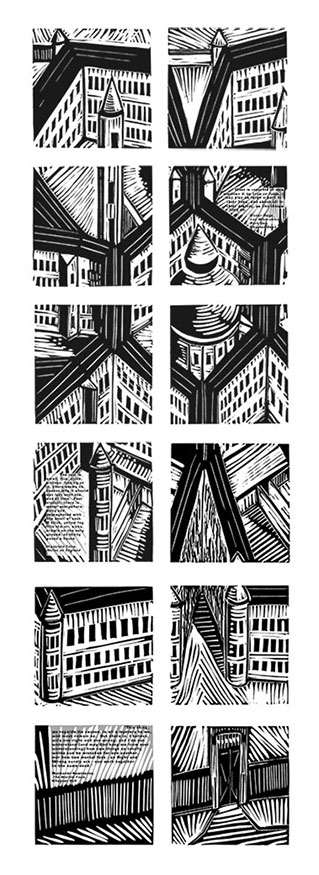 |
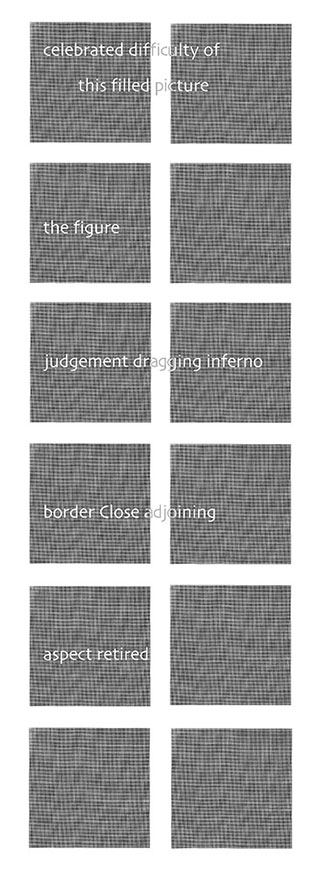 |
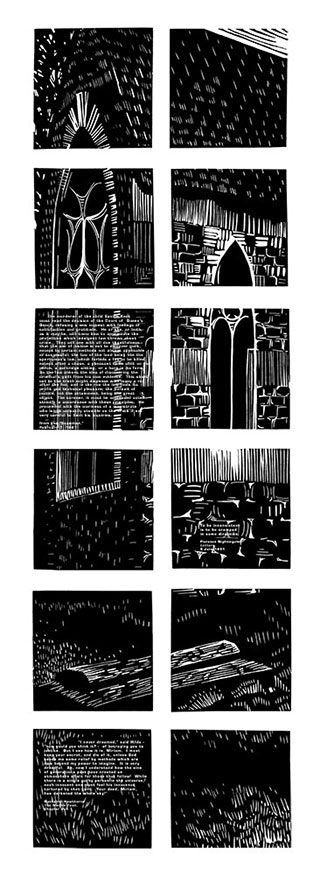 |
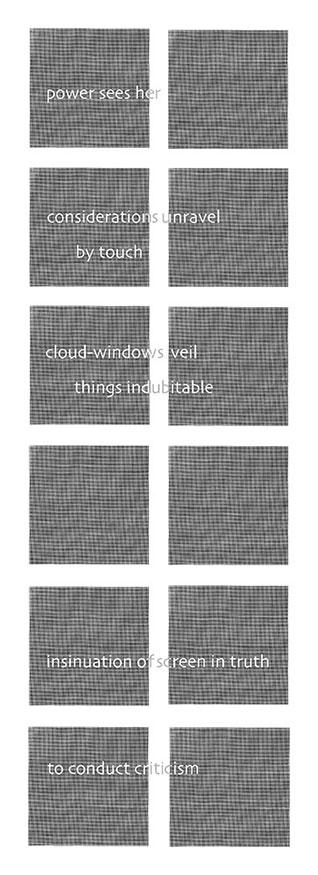 |
SCREEN MEMORIES Brooklyn Public Library In “Screen Memories” artist Florence Neal and writer Wendy Walker have collaborated on a show centering on the enigmatic figure of Constance Kent. Kent was a British woman who confessed in 1865 to the brutal murder of her three-year-old half-brother in 1860, when she was sixteen. This notorious crime had gone unsolved by Scotland Yard; it dominated the news and became material for both Charles Dickens’ last novel and his friend Wilkie Collins’ great masterpiece The Moonstone. Kent served twenty years in prison and then went with her naturalist brother to Australia, where she lived another sixty years, working as a nurse under a new name and dying at 100 in 1944. The most extraordinary aspect of her story, however, is the near certainty that her confession was false. Her story does not tally with the facts established by forensic evidence which made it far more likely that the murderer was her father and the little boy’s. Around the mystery of this confession Walker wrote a book, Blue Fire: Confessing Constance Kent (designed by Neal), incorporating hundreds of contemporary texts and documents including accounts of the inquest, the letter in which Dickens showed how he would solve the crime, prison records, passages from “the Sydney Document” (the unsigned letter Kent wrote from Australia correcting details in a book published in the ‘20’s), and passages from authors Kent read or admired such as Walter Scott and Florence Nightingale. On the basis of this sensational case Neal has created black and white prints on 7’ paper screens for which Walker has chosen accompanying texts. Within the space created by the life-size screens, the audience enters into a visual dialectic of light, dark; consonance, dissonance; innocence and guilt. Walker’s long interest in visual/verbal art led her to seek out Neal’s collaboration on her recent book, where many photographs of sites and characters are combined with text in a mosaic of word and image. This compositional method was inspired by the writings of Paul Metcalf but even more by the mosaics that Constance Kent, while in prison, designed for several English churches, including the crypt of St. Paul’s Cathedral in London. For Walker this seems the truest way to represent the facts of a life whose central fact is open to doubt, by juxtaposing “bits” that read each other instead of being explained by the author. Neal’s interest in the case centers on its protagonist. Neal has worked with linoleum prints for over twenty years to represent accelerations, bafflements, bursts of energy, lines of flight, interpenetrations and overlays. Her forms constitute a personal take on a universal iconography. They entice the viewer to explore, to remain open to the chance recognition of memories, ideas and connections. These forms seem to her suited to a rendering of Constance Kent’s complex psychology. Wendy Walker and Florence Neal wish to thank the Brooklyn Public Library for the opportunity of creating a site-specific collaboration in “Screen Memories”. Wendy would like to thank the Richard Lounsbery Foundation of New York for its generous support in making it possible to visit the places where Constance Kent lived. Also thanks go to Hofstra University for its administrative assistance to the Lounsbery Foundation.
|
